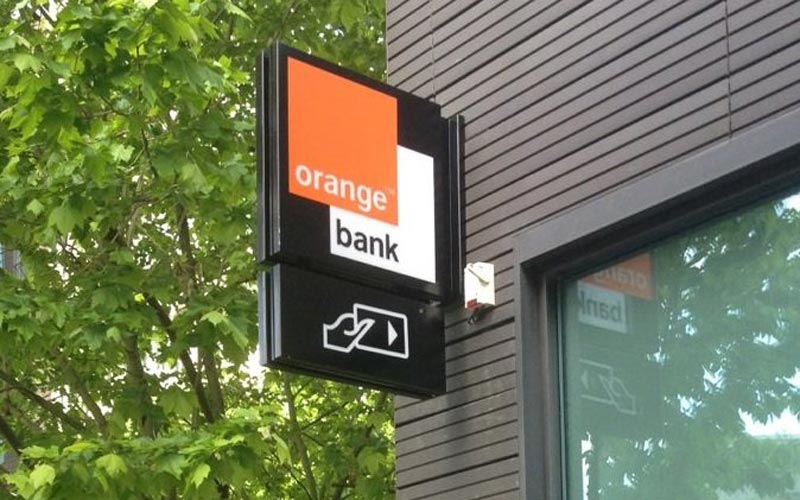Orange Bank, gelanceerd in november 2017, services bancaire diensten die volledig zijn afgestemd op mobiel gebruik, zodat klanten alle handelingen zelfstandig kunnen uitvoeren vanuit hun app.
Context en uitdagingen
Orange Bank, gelanceerd in november 2017, services bancaire diensten die volledig zijn afgestemd op mobiel gebruik, zodat klanten alle handelingen zelfstandig kunnen uitvoeren vanuit hun app.
Het aanbod omvat niet alleen alle basisbankdiensten, maar ook veel innovatieve functies en Premium services , met een speciaal pakket voor gezinnen en een fintech voor professionals. Orange Bank heeft in totaal 1,2 miljoen klanten in Europa.
Orange Bank combineert digitale aanwezigheid via gsm en het web met menselijk contact via Orange Boutiques. Dit model is een belangrijke onderscheidende factor ten opzichte van andere neobanken. Meer dan 2.000 gekwalificeerde verkoopmedewerkers begeleiden klanten in meer dan 300 Orange winkels. De bevestiging van de opening van een rekening is onderworpen aan gebruikscontroles, die buiten de applicatie om worden uitgevoerd.
Voor deze mobiele bank was de marketinguitdaging om het beheer van het abonnementsproces van begin tot eind mogelijk te maken op een gemengd web- en applicatiepad.
Uitvoering
Door samen te werken met Artefact, een GMP & GCP gecertificeerde partner (Google Marketing Platform en Google Cloud Platform), bereikte Orange Bank hun sturingsdoelstelling in slechts één jaar, dankzij de snelle implementatie van de volgende projecten:
Deze inzet stelde Orange Bank in staat om:
Nieuwe Google Analytics en Google Analytics 4 eigenschappen
De nieuwe versie van Google Analytics brengt belangrijke vernieuwingen voor marketeers en analisten. Het services verbeterde cross-device tracking mogelijkheden, het dupliceren van audiences tussen app en web omgevingen, en heeft nieuwe functies om bepaalde activaties te automatiseren.
De nieuwe Google Analytics bevat ook mogelijkheden voor machine learning om audience segmenten te maken op basis van gebruikersbetrokkenheid, aankoopintentie, enz.
Attributie is ook cross-device en cross-omgeving, waardoor ontdubbelde rapportage mogelijk is ongeacht het apparaat van de gebruiker.
Resultaten
Dankzij dit project en de mobilisatie van de multidisciplinaire teams van Orange Bank, alsook die van Artefact en Google, zijn de resultaten binnen - en uitstekend:
De acquisitiekosten op data zijn met 25% gedaald en het aandeel premium abonnementen onder online abonnementen is verdubbeld.
Wat is het volgende?
De volgende projecten van Orange Bank op het gebied van data marketing en digitale mediatransformatie zijn het grondiger analyseren van het ROPO-effect (Research Online, Purchase Offline) en het verder verfijnen van audience segmentatie.
Bijzondere aandacht zal worden besteed aan "propensity modelling", d.w.z. het voorspellen van de conversiebereidheid van prospects om de nodige reclamedruk te kunnen afstemmen.
Na verloop van tijd wil Orange Bank haar interne en externe data activa (partnerschappen met 2e partijen) verder verrijken en haar mediabeslissingen baseren op steeds verfijndere consumenteninzichten.

 ZAKEN VAN CLIËNTEN
ZAKEN VAN CLIËNTEN





